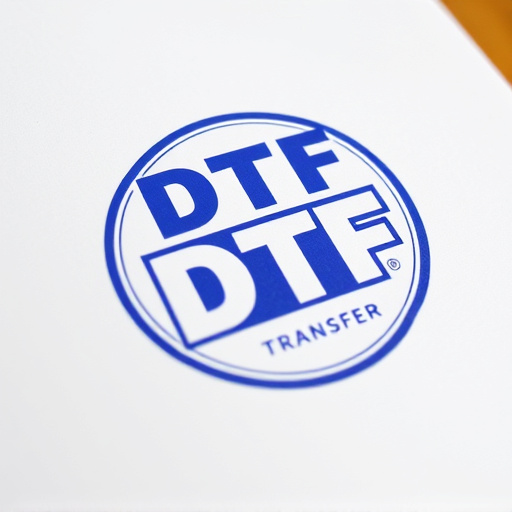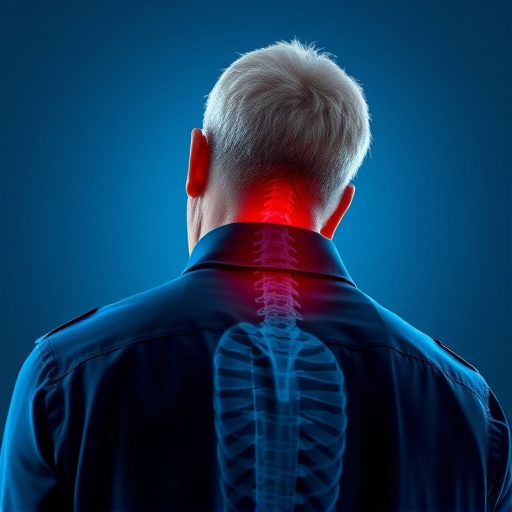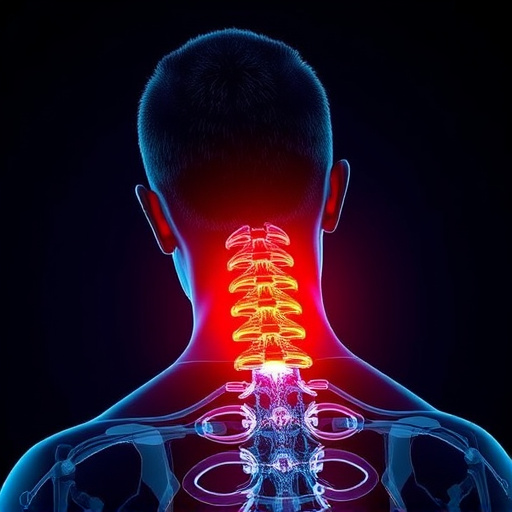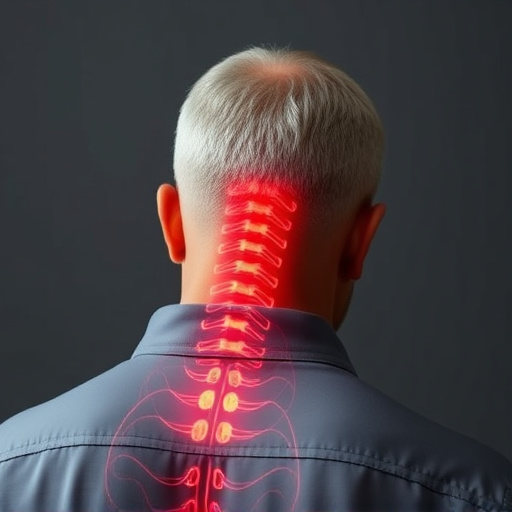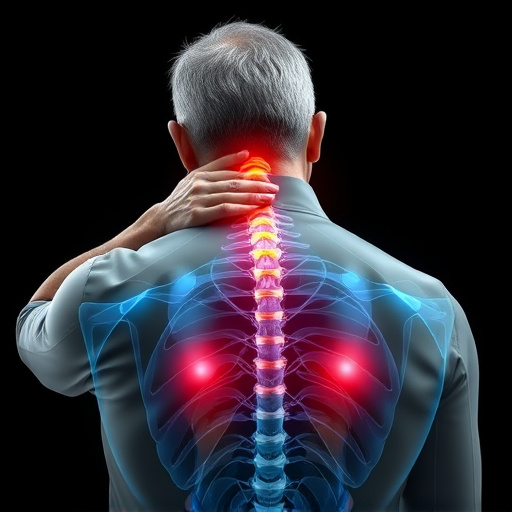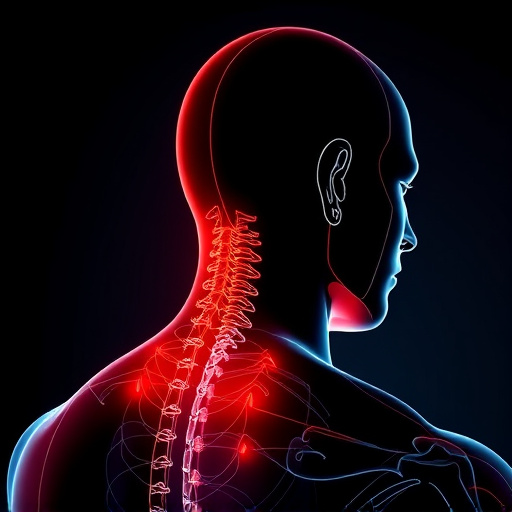After a car accident, comprehensive care addresses not only physical injuries but also often overlooked whiplash, a common neck injury from sudden movements. Whiplash treatment specialists diagnose and treat this condition using advanced techniques like manual therapy, exercise programs, and pain management. Their holistic approach combines methods such as chiropractic adjustments, physical therapy, acupuncture, and massage to restore mobility, alleviate pain, and prevent long-term complications. Early diagnosis and tailored treatments are key to swift recovery, enabling individuals to return to active lifestyles with reduced risk of recurring issues. Preventive measures like maintaining good posture and engaging in regular exercises further aid in managing and avoiding whiplash-related symptoms over time.
In the aftermath of automotive collisions, comprehensive treatment is essential for optimal recovery. This article delves into the multifaceted approach required to address whiplash, a common yet complex injury. We explore its causes and symptoms, highlighting the crucial role of a whiplash treatment specialist in coordinated healthcare. From assessment and diagnosis to non-surgical treatments, rehabilitation techniques, and long-term care, this guide offers an extensive roadmap for effective management and speedy recovery.
- Understanding Whiplash: Common Causes and Symptoms Following Automotive Collisions
- The Role of a Whiplash Treatment Specialist in Comprehensive Healthcare
- Assessment and Diagnosis: Identifying the Extent of Whiplash Injury
- Non-Surgical Treatments for Effective Pain Management and Recovery
- Rehabilitation Techniques to Restore Mobility and Strengthen the Neck
- Preventive Measures and Long-Term Care for Optimal Whiplash Recovery
Understanding Whiplash: Common Causes and Symptoms Following Automotive Collisions
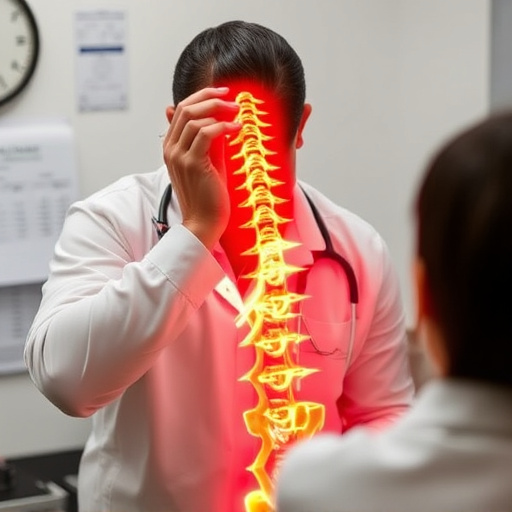
Whiplash is a common injury resulting from automotive collisions, particularly rear-end crashes. It occurs when the neck muscles and ligaments are suddenly stretched beyond their limits due to rapid acceleration or deceleration. This can lead to symptoms such as neck pain, stiffness, headaches, dizziness, and even upper back pain. The severity of whiplash can vary widely, ranging from mild discomfort to debilitating conditions that require long-term care.
Common causes include high-speed collisions, sudden stops, or changes in direction that overpower the body’s natural protective mechanisms. A whiplash treatment specialist plays a crucial role in managing these symptoms by providing tailored therapies such as physical therapy, chiropractic adjustments, and soft tissue manipulation. These treatments aim to reduce pain, improve mobility, and accelerate the healing process, ensuring individuals affected by whiplash can return to their normal activities more quickly.
The Role of a Whiplash Treatment Specialist in Comprehensive Healthcare
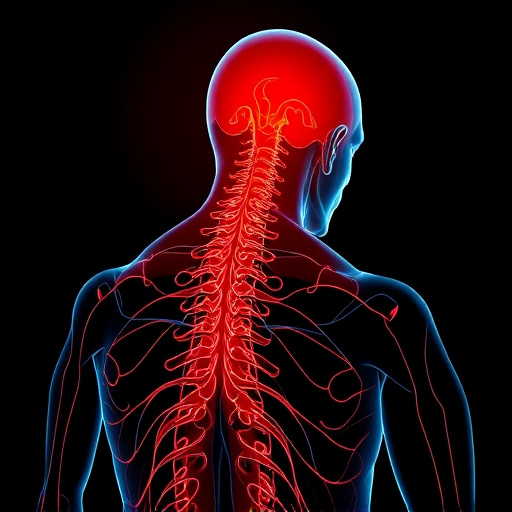
After an automotive collision, comprehensive healthcare involves addressing various physical and psychological impacts. One critical aspect often overlooked is managing whiplash, a common injury resulting from sudden neck movements during a crash. This is where a Whiplash Treatment Specialist plays a pivotal role. They are experts trained to diagnose and treat this specific type of injury, ensuring patients receive tailored care.
These specialists employ advanced techniques and therapies, such as manual therapy, exercise programs, and pain management strategies, to alleviate symptoms and promote healing. Their comprehensive approach not only helps in the short term but also focuses on long-term recovery, enabling individuals to return to their active lifestyles with reduced risk of recurring issues.
Assessment and Diagnosis: Identifying the Extent of Whiplash Injury

After an automotive collision, a thorough assessment and diagnosis are crucial steps in comprehensive treatment. Whiplash, a common injury in car accidents, requires expert attention from a whiplash treatment specialist. The initial evaluation involves a detailed medical history, physical examination, and sometimes advanced imaging like MRI or CT scans to pinpoint the severity of the injury.
Specialists use specific criteria to diagnose whiplash, focusing on symptoms like neck pain, stiffness, and headaches. They consider the impact force, the position of the head during the collision, and individual factors that can influence recovery. Early identification enables specialists to initiate appropriate whiplash treatment, which may include manual therapy, exercise programs, and pain management techniques to restore mobility and alleviate discomfort.
Non-Surgical Treatments for Effective Pain Management and Recovery

Many automotive collision victims often seek non-surgical treatments as a preferred method for managing pain and promoting recovery, especially when dealing with conditions like whiplash. This approach is highly effective in alleviating symptoms without the need for invasive procedures. Chirotherapy, for instance, has gained popularity among whiplash treatment specialists due to its ability to realign the spine and alleviate muscle tension. Physical therapy is another crucial component, focusing on exercises that strengthen the neck and back muscles while improving flexibility and range of motion.
Additionally, alternative therapies like acupuncture and massage can significantly contribute to pain management. Acupuncture stimulates specific points in the body to relieve pain and reduce inflammation, making it a valuable tool for whiplash treatment specialists. Similarly, massage therapy helps relax strained muscles, improve blood circulation, and speed up the healing process. These non-surgical treatments offer a holistic approach, ensuring patients receive comprehensive care tailored to their needs after an automotive collision.
Rehabilitation Techniques to Restore Mobility and Strengthen the Neck
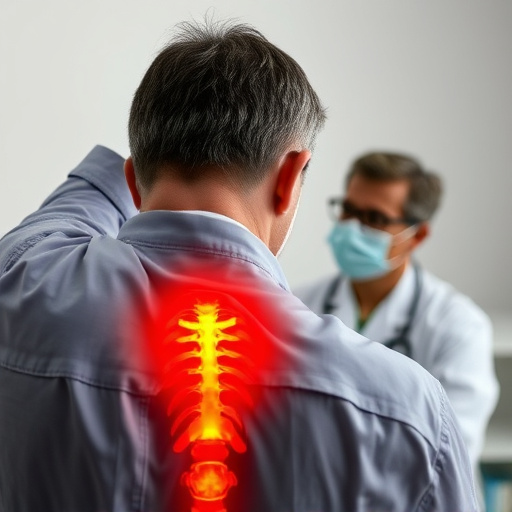
After an automotive collision, victims often suffer from injuries that require a comprehensive approach for recovery. Rehabilitation plays a pivotal role in restoring mobility and alleviating pain, especially in cases of neck trauma. Whiplash treatment specialists employ various techniques to address these issues effectively. Physical therapy is a cornerstone of whiplash rehabilitation, focusing on exercises to strengthen the neck muscles and improve flexibility. This can include gentle stretching routines and specialized strengthening exercises tailored to the patient’s needs.
Additionally, manual therapy techniques, such as chiropractic adjustments or soft tissue manipulation, can help relieve tension in the neck and surrounding areas, reducing pain and inflammation. The goal is to restore proper joint function and range of motion, ensuring a smoother road to recovery. These rehabilitation methods are crucial for managing symptoms and preventing long-term complications associated with whiplash injuries.
Preventive Measures and Long-Term Care for Optimal Whiplash Recovery
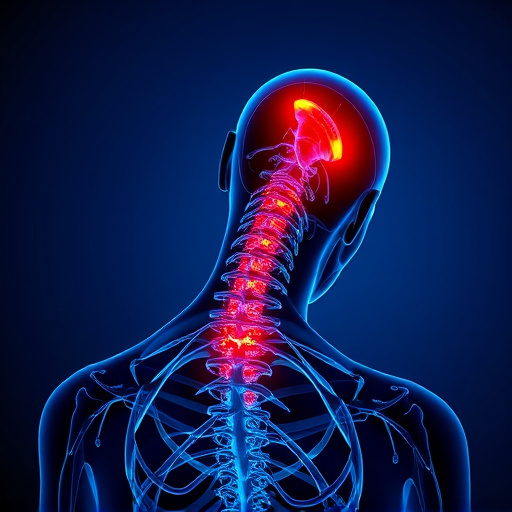
Preventive measures play a crucial role in managing and preventing long-term complications from whiplash, especially following automotive collisions. The initial step involves proper management of acute pain and inflammation by seeking treatment from a whiplash treatment specialist. This often includes physical therapy, manual manipulation, and targeted exercises to improve neck mobility and reduce muscle tension.
In addition to active treatment, adopting preventive strategies is essential for optimal recovery. This entails maintaining good posture while sitting and standing, using supportive pillows or cushions for neck comfort, and engaging in regular gentle stretching routines. Regular exercise, focusing on strengthening the core and upper back muscles, can also aid in stabilizing the spine and reducing whiplash-related symptoms over time.

